Intentar ORO - Gratis
Can Eating From A Haynet Be Detrimental To My Horse?
HQ magazine
|June/July 2020
Horses have evolved over millennia, and so their diets and eating habits have had to change too. As horses evolved from shrub-browsers to trickle feeding herbivores, they needed large, flat teeth for grinding forage.

A horse’s teeth are therefore designed to cope with the continual grinding of tough leaves and stems and, to assist the grinding process, the upper jaw is wider than the lower jaw. The horse chews in a side-to-side motion – meaning that the upper and lower teeth glide across one another, and in wild horses the wear on either side of the mouth is relatively even.
When out grazing, a horse’s natural feeding posture would be with a low head and neck, moving slowly and constantly, and remaining relatively straight throughout the spine. This posture allows the molars of the upper and lower jaw to meet evenly and, in this position, little to no strain is placed on the body.
Esta historia es de la edición June/July 2020 de HQ magazine.
Suscríbete a Magzter GOLD para acceder a miles de historias premium seleccionadas y a más de 9000 revistas y periódicos.
¿Ya eres suscriptor? Iniciar sesión
MÁS HISTORIAS DE HQ magazine
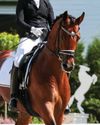
HQ magazine
The Science Behind Tapering
The science behind tapering
5 mins
Issue 155
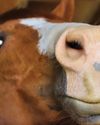
HQ magazine
Horse Treats
The ultimate guide
5 mins
Issue 155
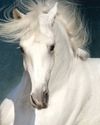
HQ magazine
Horsey Hair Care
Tips and tricks for a healthy mane and tail
5 mins
Issue 155
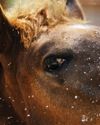
HQ magazine
Horsey Hydration- The Importance Of Water In Winter
The importance of water in winter
4 mins
Issue 155

HQ magazine
A Horseback Safari
Abelana Game Reserve
6 mins
Issue 155

HQ magazine
The Psychology Of Riding Performance
Intrinsic motivation, part 7
7 mins
Issue 155
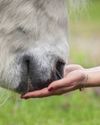
HQ magazine
10 Best Life Lessons From Horses
Life lessons from our horses
4 mins
Issue 155
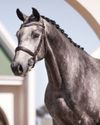
HQ magazine
Breaking New Ground
The evolution of the Callaho Online Auction
5 mins
Issue 155
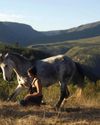
HQ magazine
Horse Psychology 101
Part 3: The horse's cognitive abilities
9 mins
Issue 155
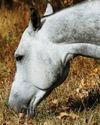
HQ magazine
Colic Part 1
An owner’s worst nightmare
7 mins
Issue 155
Translate
Change font size

